Life Saving Victoria anger as beachgoers refuse to swim between the flags
FRUSTRATED lifesaving bosses want a graphic Transport Accident Commission-style advertising campaign to shock Victorians out of their ignorance of beach safety.
VIC News
Don't miss out on the headlines from VIC News. Followed categories will be added to My News.
RECKLESS beachgoers are a danger to themselves, with their rampant refusal to swim between the flags sparking Victoria’s deadliest summer for drownings.
Frustrated life savers are considering a TAC-style campaign to shock swimmers into heeding water safety messages as hundreds thumb their noses at the red and yellow flags, instead putting themselves at the mercy of dangerous rips.
DROWNING REPORT REVEALS ALARMING INCREASE
DRONES COULD RESCUE SWIMMERS IN DISTRESS
TWO MEN PULLED FROM YARRA AT DOCKLANDS
VICTORIAN DROWNINGS REACH TEN YEAR HIGH
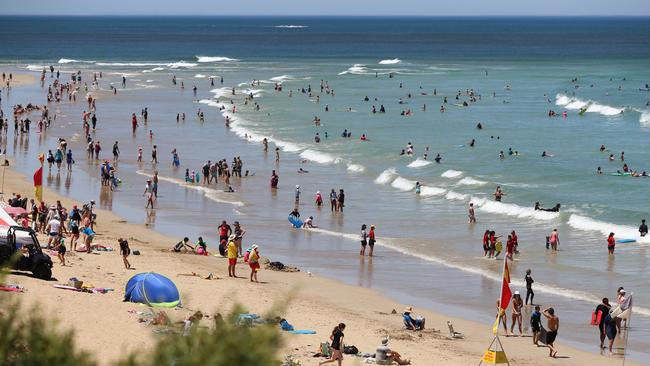
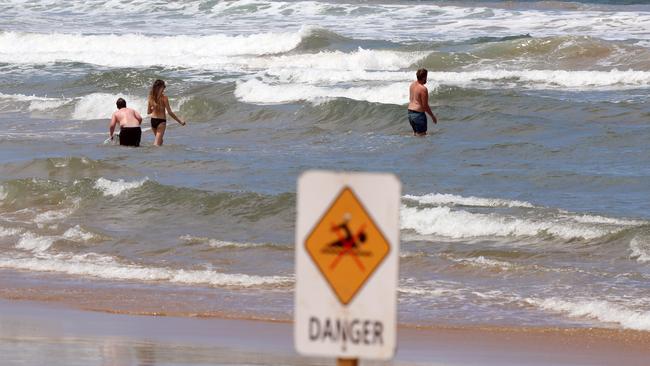
There have been 18 drowning deaths this summer — the most since detailed records began in 2000, and more than double the long-term average — and life savers have also rescued 392 swimmers in strife since July.
The Herald Sun saw hundreds of beachgoers swimming at unpatrolled areas last week, with some going dangerously close to a rip more than 600m from the patrolled area at Jan Juc — one of the state’s most dangerous beaches.
Life Saving Victoria general manager Paul Shannon said there were “inherent dangers in all waterways”, but that people were also drowning at “locations that aren’t particularly dangerous”.
“They only become dangerous ... because the people who swim there are a danger to themselves,” he said.
“You think, how could you possibly drown in that? It’s the people themselves.
“It’s frustrating that vulnerable people are still making bad choices with regard to where they swim.”
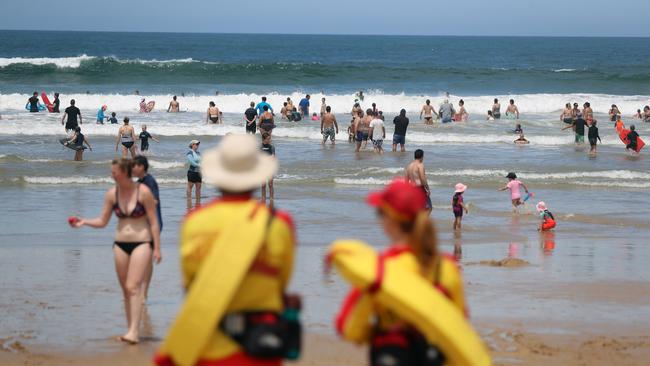
There have been 12 deaths at beaches this summer, and Mr Shannon said people who were not experienced around water could “literally just walk out into the water and drown”.
Two men, aged 34 and 24, were saved by two off-duty life savers at Lorne on Saturday night after they got into trouble about 50m from the shore.
The latest research shows three-quarters of people can’t identify a rip, including two-thirds of those who think they can.
THESE PEOPLE ARE MOST LIKELY TO DROWN
Mr Shannon said the alarming figures would be part of a review of water safety advertisements, which have targeted the traditional risk groups of toddlers and adults over 60 this summer.
He said authorities would “definitely take a look” at a TAC-style campaign if research showed it was required.
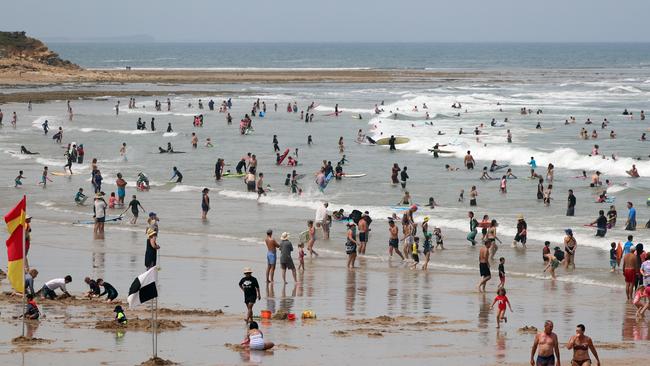
Beachgoers questioned by the Herald Sun last week dismissed the dangers with a “she’ll be right” attitude, saying they were “good” or “strong” swimmers.
But Life Saving Victoria operations manager Greg Scott said “even an Olympic swimmer” couldn’t swim across a rip current.
“You can be the greatest swimmer in the world, but it’s not going to help you out if you can’t understand the surf.”
Lifeguards have directed more than 68,000 swimmers to safety and assisted in 992 first-aid incidents this financial year.
Mr Shannon said shifting sands and strong currents had made beaches particularly dangerous this summer.
“People who are genuine water people are saying they wouldn’t go in that stretch of water,” he said.
“Then you get people who have got no idea who just go down and jump in.”
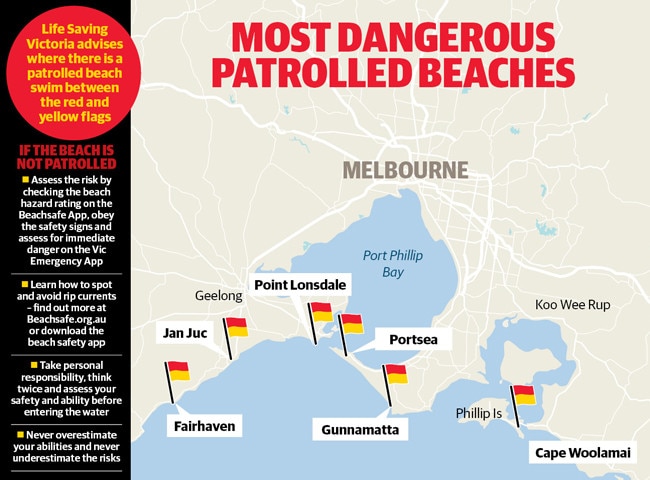
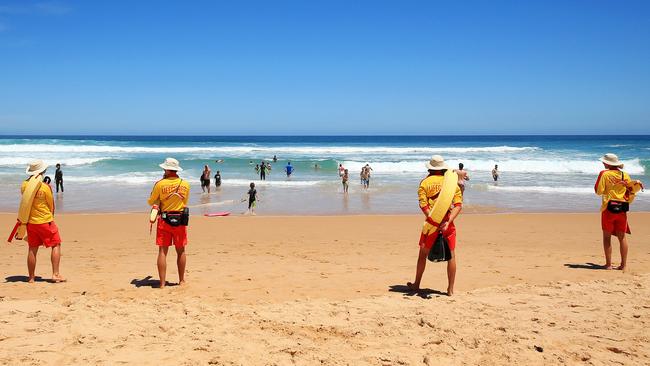
A lifeguard at Jan Juc said the lack of respect for the warnings was “frustrating”.
“I understand not everyone wants to swim in this big crowd of people,” the lifeguard said.
“But there are plenty of other patrolled beaches along the coast they can go to that are less busy.”
Foreign visitors make up a high proportion of drowning deaths, and Mr Shannon said Life Saving Victoria would also target upcoming university open days to get the water safety message out to international students.
“If you’re going to be in this country with such a strong water culture, assimilation has to include survival swimming and water safety,” he said.
Mr Scott said while lifesavers couldn’t force beachgoers to swim in a specific area, he urged them to listen to water safety warnings.
“At the end of the day, people need to take some responsibility for their own safety and make the conscious decision to swim between the flags,” Mr Scott said.


